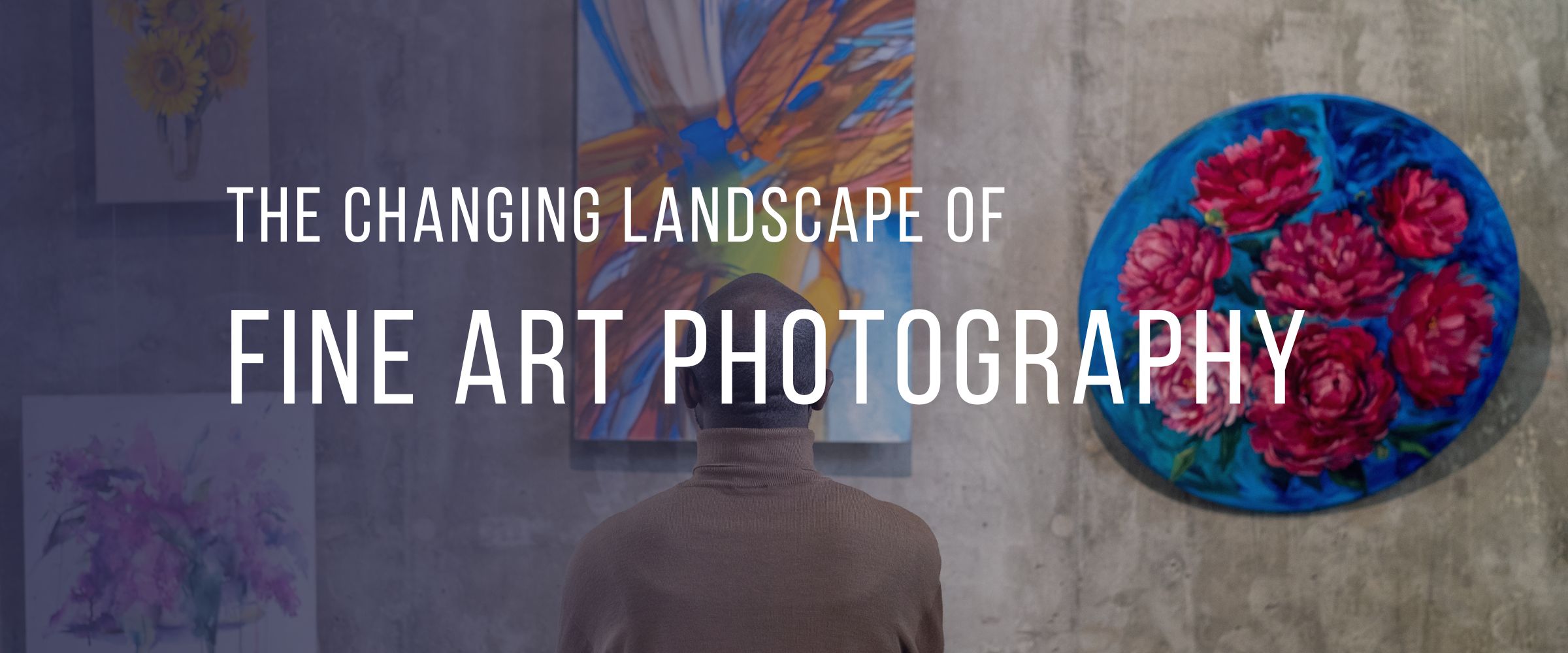From Instagram to gallery walls, the photography landscape has changed dramatically in recent years. Gone are the days of dusty old prints and snobby art critics; we’re living in a world where anyone with a smartphone and an eye for beauty can become a celebrated photographer. So, grab your camera (or your phone) and let’s dive into the exciting world of fine art photography in the digital age.
The Rise of Fine Art Photography on Instagram

Source – envato.com
Instagram has transformed the photography industry by creating a platform that allows photographers to easily share their work with millions of people worldwide. Instagram’s impact on photography has been nothing short of revolutionary, as it has allowed photographers to bypass traditional gatekeepers, such as galleries and curators, and directly connect with their audience.
One of the most notable ways in which Instagram has influenced photography is by democratizing the medium. No longer is photography solely the domain of professionals or those with access to expensive equipment. Instead, anyone with a smartphone and an eye for beauty can share their images on Instagram and potentially gain a following.
Examples of photographers who gained fame through Instagram include Brandon Woelfel (@brandonwoelfel), who has over 3 million followers and is known for his signature neon-light portraits, and Murad Osmann (@muradosmann), who has over 4 million followers and is known for his “Follow Me” series of photographs featuring his wife leading him through exotic locations.
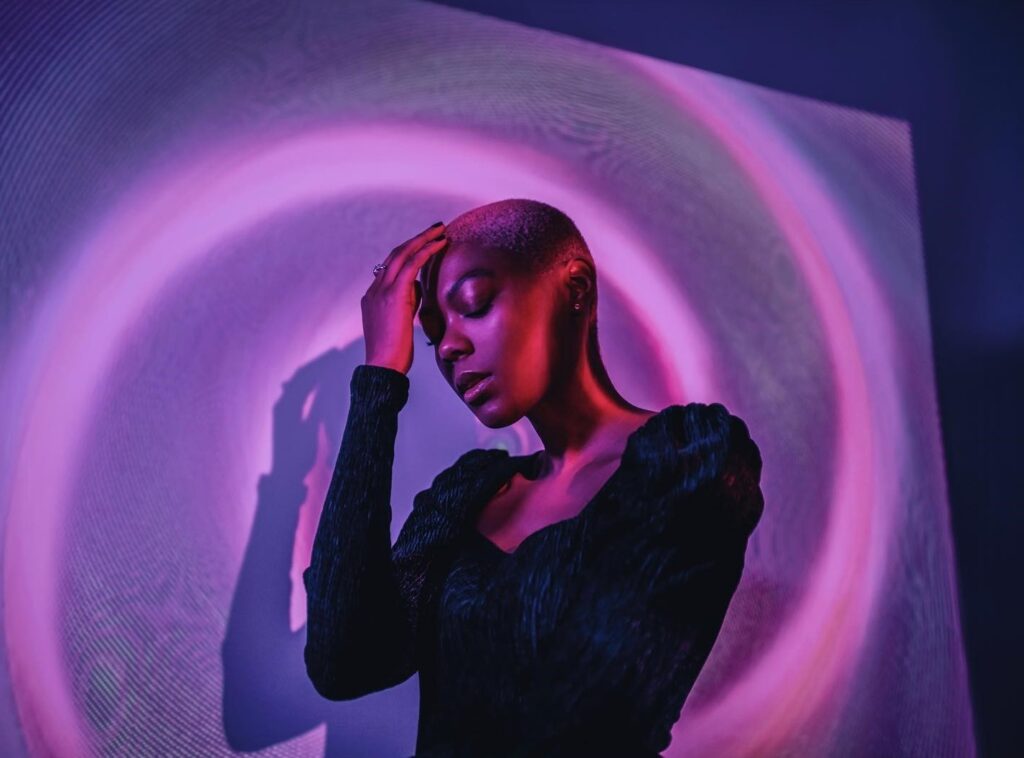
Brandon Woelfel on Instagram
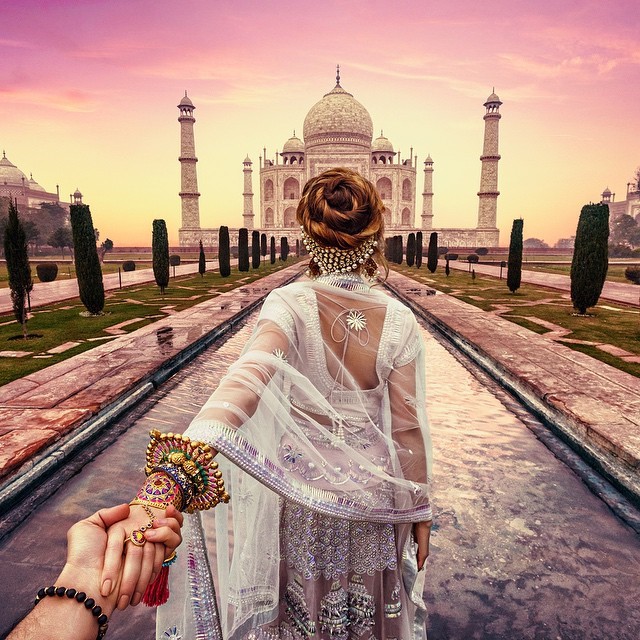
Murad Osman on Instagram
According to an article in The Guardian, “Instagram is one of the most democratizing platforms out there… it allows photographers of all levels to share their work with the world, and has helped change the way we think about photography as an art form.” Instagram has made photography accessible to a wider audience, and has helped to break down the barriers that previously prevented many talented photographers from gaining recognition.
From Digital to Physical: The Return of Prints
The rise of digital photography in the past few decades led to a decline in the popularity of prints. The ease and convenience of digital photography meant that many people no longer felt the need to print their photos. Instead, they stored them on their devices, shared them on social media, or uploaded them to the cloud. This also made the process easier to learn with and made the dark room an obsolete concept.
However, in recent years, there has been a resurgence of interest in prints. There are several reasons why prints are making a comeback. For one, people are becoming more aware of the importance of physical objects in an increasingly digital world. Prints offer a tangible, tactile experience that is hard to replicate digitally. Moreover, prints can be displayed in a variety of ways, from framed pieces on a wall to coffee table books and magazines.
Another reason for the resurgence of prints is the desire for something unique and one-of-a-kind. In a world where we are bombarded with endless streams of images, prints offer a way to stand out and create something special. They allow photographers to showcase their work in a way that is personal, individual, and unique.
Many photographers are known for their prints and have gained a following for their distinctive styles. For example, fine art photographer Michael Kenna is known for his black and white prints, which often feature long exposures and minimalist compositions. Landscape photographer Ansel Adams is famous for his large format prints, which are renowned for their stunning detail and tonal range.

Srikanteshwara Temple,Courtesy – michaelkenna.com
According to a survey by the Professional Photographers of America, prints are still the most popular way for people to display their photos, with 82% of respondents saying that they prefer printed photos over digital ones. Furthermore, a study by the Print Council of America found that people are more likely to remember and value printed photos than digital ones.
The Intersection Of Technology & Art
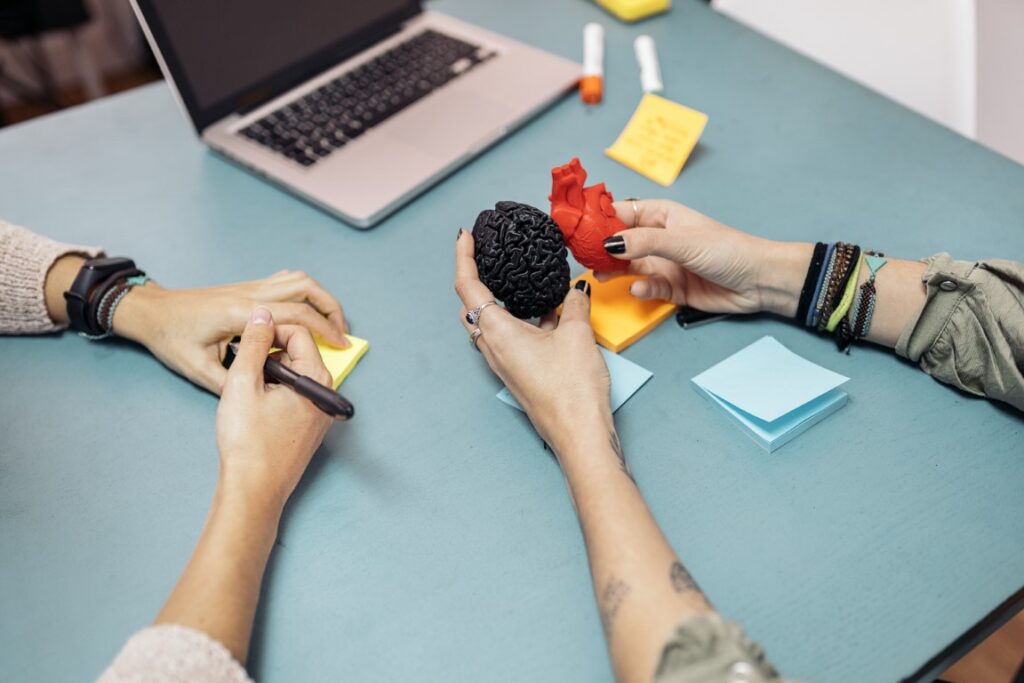
Courtesy – envato.com
The intersection of technology and art has brought about a significant shift in the way we create and view art. Technology has opened up new avenues for artists to experiment with different mediums, techniques, and styles. It has also enabled new forms of art that were previously impossible to create.
One example of how technology is changing the way we create art is through the use of digital tools such as 3D printing, virtual and augmented reality, and computer-generated imagery. Artists can use these tools to create works of art that are interactive, immersive, and dynamic. For example, virtual and augmented reality can transport viewers into a digital world where they can experience art in ways that were not possible before.
There are several artists who are using technology to create new forms of art. One such artist is Joshua Davis, who creates art using code. He uses algorithms to generate complex patterns and shapes that form the basis of his art. Another artist, Rafael Lozano-Hemmer, creates interactive installations that use biometric data to create unique and personalized experiences for viewers.
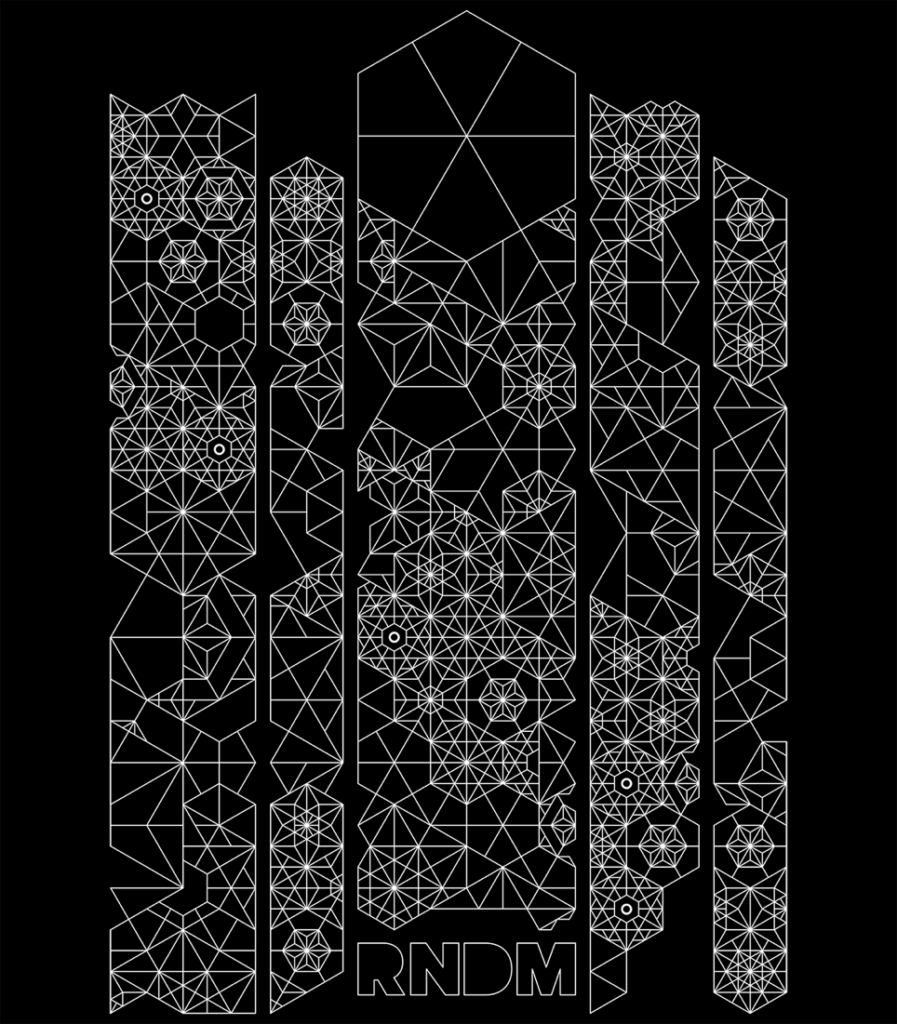
Courtesy – joshuadavis.com
While incorporating technology into art presents many opportunities, it also poses several challenges. One of the challenges is that technology is constantly evolving, which means that artists need to keep up with the latest developments and techniques to remain relevant. Another challenge is that technology can sometimes take away from the human touch that is so important in art. For example, the current argument around digital art is if it lacks the emotional depth and physicality of traditional art forms like painting and sculpture.
Despite these challenges, incorporating technology into art presents many opportunities. It allows artists to experiment with new forms of expression and reach wider audiences. It also allows viewers to experience art in new and exciting ways. As technology continues to evolve, it is likely that we will see even more innovative and groundbreaking works of art that push the boundaries of what is possible.
Wrapping Up
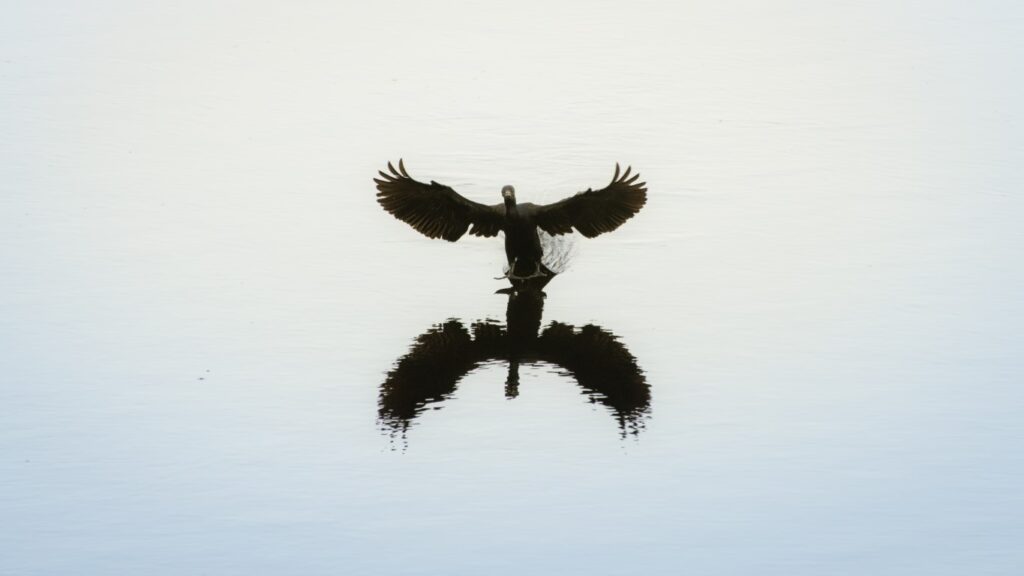
Courtesy – envato.com
The changing landscape of fine art photography has been shaped by a variety of factors, including social media, the resurgence of prints, and the rise of online galleries and exhibitions. Instagram has revolutionized the way people view and share photography, while the desire for something tangible has led to a renewed interest in prints. Online galleries and exhibitions have helped to democratize the art market and promote the work of emerging talent. These changes present both challenges and opportunities, but ultimately, they have brought up new avenues for photographers to showcase their work and reach a wider audience.


